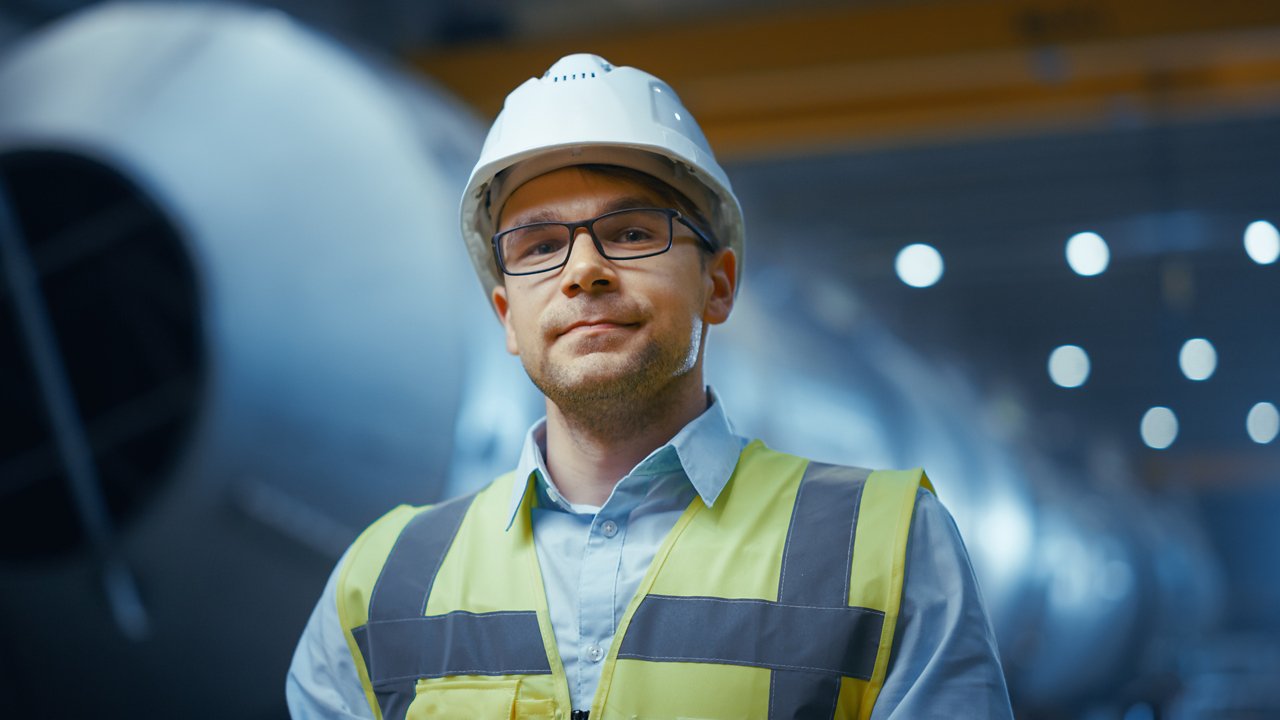2. Trial-and-error will increase the odds of success
Every business is different, and therefore every business has different challenges. This allows for innovation to happen in ways or places that other organisations would be unable to conceive. Areas in which you are able identify potential sustainable improvements initially may not be the place where you uncover the largest breakthroughs.
By encouraging an approach based on a trial-and-error mentality, companies and industries will be able to devise creative ideas and find innovative solutions that turn carbon issues into business opportunities, as is the case with our Steelanol plant. It’s about applying previous learnings and insights to help create the next positive solution.
3. Focus on economic viability
For a green initiative to be truly embedded into wider organisational practices, it has to make economic sense. Without this in place, momentum and motivation for the concept will quickly fall apart.
Fortunately, enacting more sustainable approaches isn’t just the right thing to do morally and ethically, it’s usually also the most economically sound approach you can take. Analysis of the wider economic impact sustainable changes can have on your business need to be illustrated from the start as without clear evidence that these initiatives will contribute positively to your balance sheet, they become that much harder to enact.
4. Take the time, get it right
When it was signed, the Paris Agreement seemed a long way in the distance. Now, the deadline for it is approaching at a rapid rate.
For some, this might cause feelings of panic and the need to make changes quickly. However, doing this could actually end up doing more harm than good. After all, it’s taken us eight years to reach this point of success in our plants, but we had no playbook to follow, no example to base our approach on, and this means that you have to take the time and get it right.
Learn from your peers, and your own endeavours, and build on the work of others to help elevate and improve the process. Rushing towards a half-finished solution won’t create lasting change, even if it does meet the deadline.
5. Get the word out there
If you’ve seen success is specific areas, or found solutions to previously impossible problems, don’t be afraid to shout about them. A surprising impact we didn’t conceive of when developing our Steelanol initiative is that we’ve now become a magnet for prospects and partners who share more sustainable visions for the industrial space.
Tell your workforce, your industry, and the wider world in general what you’re doing – it’s likely that they’ll want to listen. Take the initiative to have your executives and experts talking about it, presenting it publicly and championing the steps you’ve been taking and the ones still to come. This has the potential to lead to crucial connections that can help bring your vision to life and encourage others to follow suit.
Your Next Steps
Committing yourself to a greener vision is not something you can just dip you toe into and expect to succeed. Short-term measures will not elicit the results you need or want. It’s about committing to the goal, understanding the steps needed, and then taking them.
It starts with a vision that the decision-makers in your organisation can commit to and then allocate the necessary time, resources and dedication needed to turn it into a reality. It may seem like a massive change to make, and one that will encounter many difficulties along the way, but that dedication will pay off in the long run; for your organisation and the world in general.
If you want to learn more about achieving sustainability in manufacturing, visit the Management Perspectives Hub.
Funding was obtained from various sources, including the Flemish government and the European Union’s Horizon 2020 research and innovation program under grant agreement No 656437.

